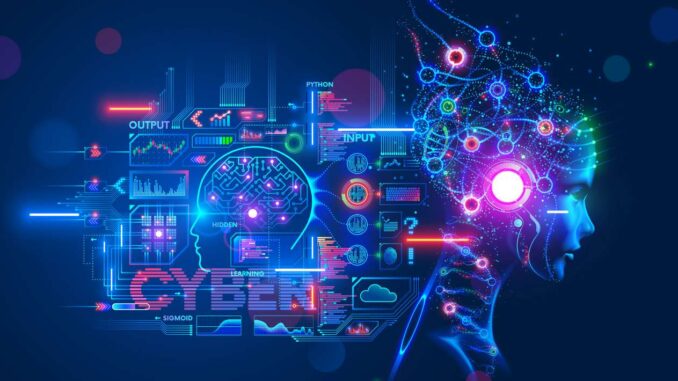
The impact of artificial intelligence (AI) on employment is a significant area of discussion and concern as AI technologies evolve and become more integrated into various industries.
The effects can be both positive and negative, and they differ across sectors, job types, and geographical regions. Here are key aspects to consider:








### **1. Job Displacement**
– **Automation of Tasks**: Many routine and repetitive tasks can be automated, potentially leading to displacement of workers in roles such as manufacturing, data entry, and customer service.
– **Vulnerability of Low-Skilled Jobs**: Positions requiring low skills are often more vulnerable to automation, putting certain demographics at increased risk of job loss.
### **2. Job Transformation**
– **Augmentation Rather Than Replacement**: AI can augment human capabilities by taking over certain tasks, allowing employees to focus on higher-value activities that require creativity, emotional intelligence, and complex problem-solving.
– **New Job Roles**: As AI technologies advance, new job roles may emerge, requiring different skill sets. These roles may include AI specialists, data analysts, and roles focused on maintaining and improving AI systems.
### **3. Job Creation**
– **Economic Growth**: As businesses adopt AI, increased productivity can lead to economic expansion and the creation of new jobs in emerging fields related to AI and technology.
– **Industry Growth**: Industries directly related to AI, such as robotics, machine learning, and software development, may see job growth as demand for skilled professionals increases.
### **4. Skills Gap**
– **Need for Reskilling**: Workers may need to develop new skills to work alongside AI technologies. There is a growing emphasis on reskilling and upskilling programs to prepare the workforce for the future job market.
– **Lifelong Learning**: The rapid pace of technological change may necessitate a culture of lifelong learning among workers, encouraging continuous education and adaptation to new technologies.
### **5. Economic Disparities**
– **Impact on Wages**: The introduction of AI could lead to wage polarization, where high-skilled workers see wage growth, while low-skilled workers face stagnant wages or job losses.
– **Regional Disparities**: The impact of AI on employment may not be uniform across regions, with urban areas often benefiting from technology investments more than rural areas.
### **6. Changes in Work Environment**
– **Flexible Work Models**: AI can facilitate remote work and flexible job arrangements, which may lead to more diverse work environments and better work-life balance for certain workers.
– **Automation of Management Tasks**: AI could also automate managerial tasks, which may change the nature of leadership roles and decision-making processes in organizations.
### **7. Ethical Considerations in Employment**
– **Fairness in AI Hiring**: The use of AI in recruitment and hiring processes raises questions about fairness and bias, as algorithms may inadvertently favor certain candidates over others.
– **Worker Surveillance**: AI technologies can be used for monitoring employee performance, raising concerns about privacy and worker autonomy.
### **Conclusion**
The impact of AI on employment is a double-edged sword, presenting both opportunities and challenges. While AI has the potential to enhance productivity and create new job roles, it also poses risks of job displacement and wage polarization. Addressing these impacts will require proactive measures, including reskilling and upskilling initiatives, policies to support displaced workers, and a focus on creating an inclusive workforce. Engaging with various stakeholders—governments, businesses, educators, and workers—will be critical to navigating the changes that AI will bring to the labor market.

Leave a Reply